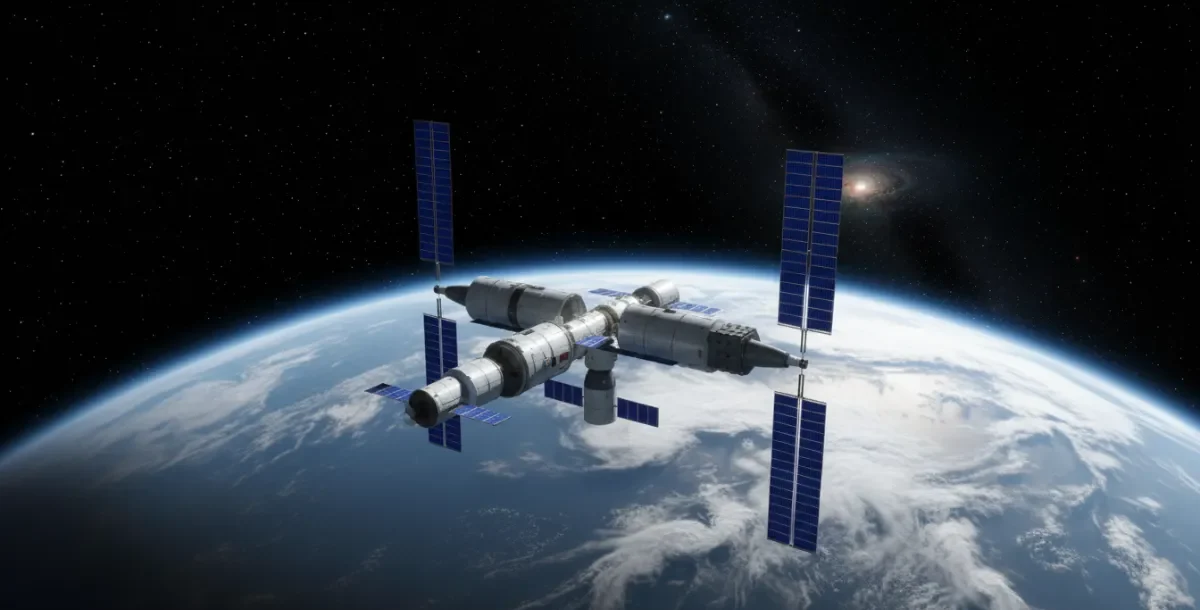| Summary |
|
China has delayed the return of its Shenzhou 20 astronauts after engineers detected what may be a debris strike on their reentry capsule, keeping the crew aboard the Tiangong space station longer than planned. The three astronauts were due to come back this week, but officials halted the landing while they inspect the damage and confirm the spacecraft is safe to fly.
The China Manned Space Agency found the issue during routine checks. Engineers believe a small piece of debris hit the capsule’s outer shell. They have not given a size or timeline for repairs, but mission controllers say the delay is a precaution. The current landing zone remains Inner Mongolia.
The crew Chen Dong, Chen Zhongrui, and Wang Jie launched in April for a mission of science experiments and maintenance tasks. They recently handed daily station duties to members of the Shenzhou 21 mission, who arrived in late October. That overlap means Tiangong now holds six astronauts at once, which allows the schedule to continue without interruption.
Space debris is the suspected cause. At Tiangong’s height, even a tiny object can punch through metal because it moves faster than a bullet. China, the United States, and Europe track more than 36,000 large objects in orbit. Millions of smaller fragments remain untracked. Space stations dodge close calls several times a year by firing onboard thrusters.
Officials say the debris hit shows the risks that long-term crews face as more satellites and spent rocket parts fill low orbit. Tiangong uses protective shields and safe docking paths, and the crew carried out four spacewalks to install extra bumpers earlier in the year. Those shields are built to vaporize small objects before they reach the main hull.
Life on the station continues during the delay. The crew has completed medical tests, plant growth studies, and power system checks. They also observed cultural events and recorded video classes for students on Earth. With six people now onboard, researchers have added more lab work, including protein crystal studies and solar sail tests.
Shenzhou spacecraft use a design based on older Russian capsules, but China has updated the controls and landing systems. Once the damaged area is cleared, mission planners will set a new date. Crews parachute down to the Gobi Desert, where teams recover them within minutes.
China has flown nine crewed missions to Tiangong since 2021. The station is expected to run for at least a decade. Space officials say the delay will not change future launch dates, but it may speed up work on cleanup tools and ground-based lasers that can push debris into safe orbits.
Currently, the Shenzhou 20 astronauts will wait until engineers finish their checks. Mission control says the team is safe, and the station continues to operate normally.

